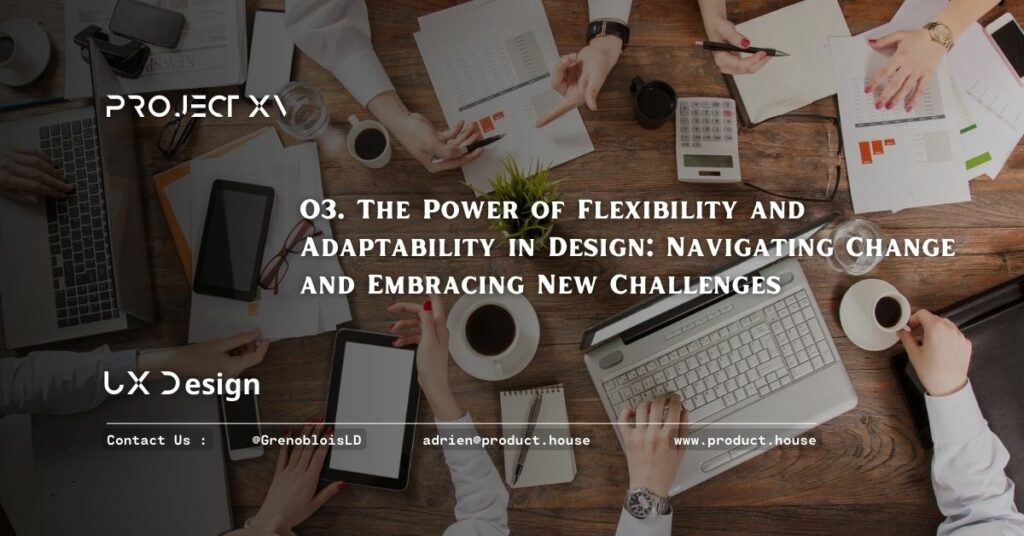O3. The Power of Flexibility and Adaptability in Design: Navigating Change and Embracing New Challenges

Flexibility and adaptability are essential for success in design. It involves the ability to navigate change, embrace new challenges, and make informed decisions to create solutions that meet user needs. In this article, we’ll explore the benefits of flexibility and adaptability in the design process, and how it can enhance the quality of design work.
Problem-Solving and Innovation
Flexibility and adaptability are essential for problem-solving and innovation in design. It involves the ability to navigate change, embrace new challenges, and identify new opportunities to create solutions that meet user needs.
One of the key benefits of flexibility and adaptability is that it can lead to more effective problem-solving and innovation in the design process. By embracing new challenges and identifying new opportunities, designers can create solutions that meet user needs more effectively, and that provide a better user experience.
Design Process
Flexibility and adaptability are also essential for success in the design process. It involves the ability to navigate change, embrace new challenges, and make informed decisions to improve the user experience.
One of the key benefits of flexibility and adaptability is that it can lead to more effective and efficient designs. By navigating change and embracing new challenges, designers can avoid delays and issues caused by unexpected changes or challenges, and create designs that meet user needs and business goals more effectively.
Benefits of Flexibility and Adaptability
Flexibility and adaptability can have numerous benefits for designers and the design process. By embracing new challenges, identifying new opportunities, and making informed decisions, designers can create solutions that meet user needs, solve problems, and innovate.
Additionally, flexibility and adaptability can lead to greater job satisfaction and work-life balance. By being adaptable and flexible, designers can take pride in their work and enjoy the satisfaction of knowing that they are creating something of value, even in the face of unexpected challenges.
Conclusion
In conclusion, flexibility and adaptability are essential for success in design. They enable designers to navigate change, embrace new challenges, and make informed decisions to create solutions that meet user needs. Therefore, it’s important for designers to prioritize developing and mastering their skills in flexibility and adaptability.




